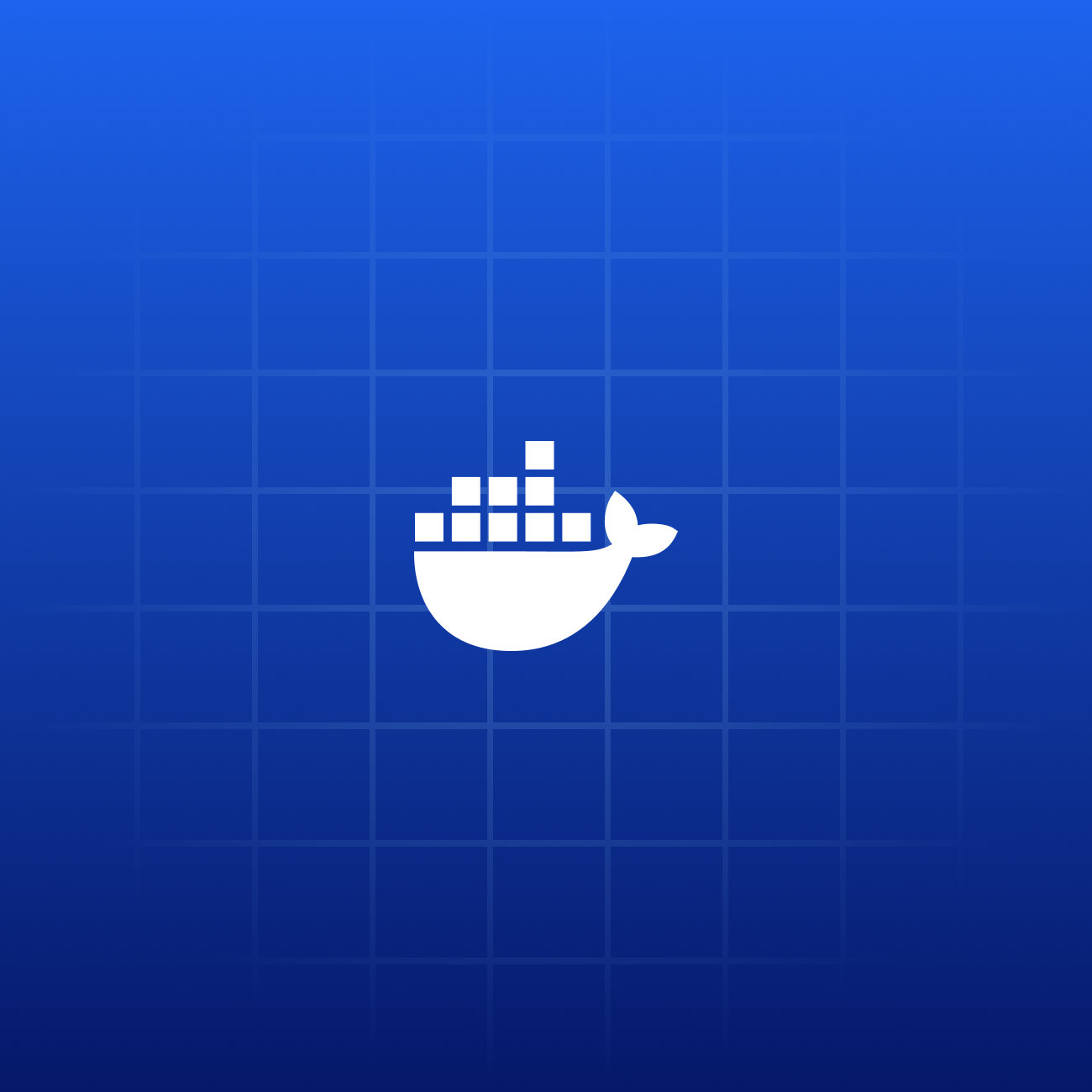Docker Best Practices
A collection of Best Practices guides by Docker Solutions Engineers.
-
Enhancing Container Security with Docker Scout and Secure Repositories
Discover how Docker Scout integrates with secure container repositories to ensure vulnerability-free and compliant images in highly secure environments.
Read now
-
Docker Best Practices: Using ARG and ENV in Your Dockerfiles
Learn about the ARG and ENV instructions and explore how to use them in your Dockerfile to make your images more configurable and easier to maintain.
Read now
-
Docker Best Practices: Using Tags and Labels to Manage Docker Image Sprawl
With many organizations moving to container-based workflows, keeping track of the different versions of your images can become a problem. Even smaller organizations can have hundreds of container images spanning from one-off development tests, through emergency variants to fix problems, all the way to core production images. This leads us to the question: How can…
Read now
-
Announcing Upgraded Docker Plans: Simpler, More Value, Better Development and Productivity
February 21, 2025: Update Docker HubFor the latest, please read Revisiting Docker Hub Policies: Prioritizing Developer Experience November 5, 2024: Update – Important dates for new Docker subscription plans To ensure a smooth transition, we’ve adjusted the timeline for our new subscription plans: Last Sale Date for Current Plans: Now December 9, 2024. New Subscription Plan…
Read now
-
Zero Trust and Docker Desktop: An Introduction
Today’s digital landscape is characterized by frequent security breaches resulting in lost revenue, potential legal liability, and loss of customer trust. The Zero Trust model was devised to improve an organization’s security posture and minimize the risk and scope of security breaches. In this post, we explore Zero Trust security and walk through several strategies…
Read now
-
Docker Best Practices: Understanding the Differences Between ADD and COPY Instructions in Dockerfiles
COPY vs. ADD tl;dr: When you search for “Dockerfile best practices,” one of the suggestions you will find is that you always use the COPY instruction instead of the ADD instruction when adding files into your Docker image. This blog post will explore why this suggestion exists by providing additional detail on the functionality of…
Read now
-
Docker Best Practices: Choosing Between RUN, CMD, and ENTRYPOINT
Docker’s flexibility and robustness as a containerization tool come with a complexity that can be daunting. Multiple methods are available to accomplish similar tasks, and users must understand the pros and cons of the available options to choose the best approach for their projects. One confusing area concerns the RUN, CMD, and ENTRYPOINT Dockerfile instructions….
Read now
-
Understanding the Docker USER Instruction
In the world of containerization, security and proper user management are crucial aspects that can significantly affect the stability and security of your applications. The USER instruction in a Dockerfile is a fundamental tool that determines which user will execute commands both during the image build process and when running the container. By default, if…
Read now
